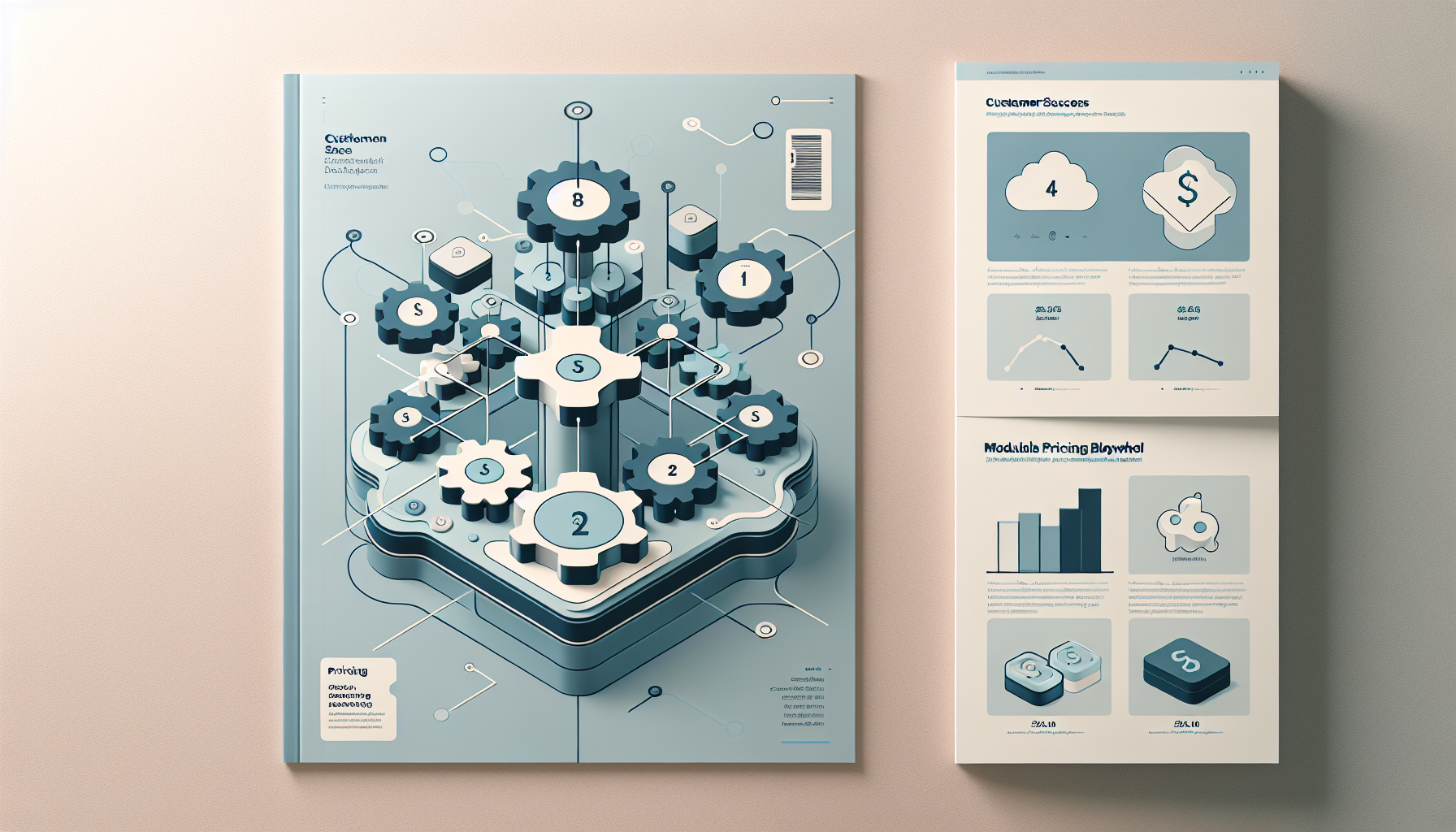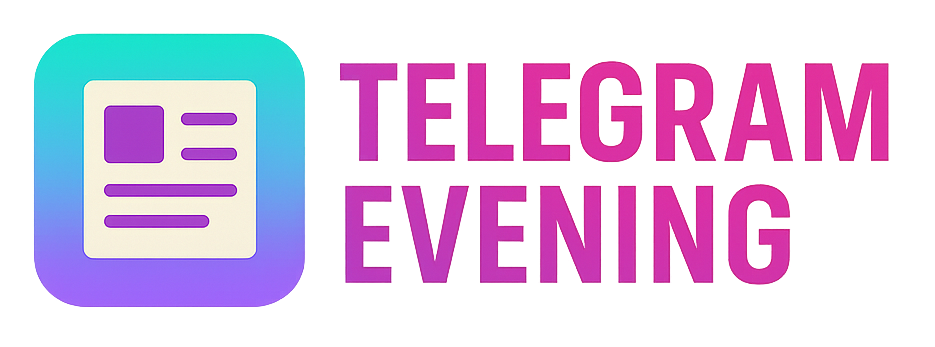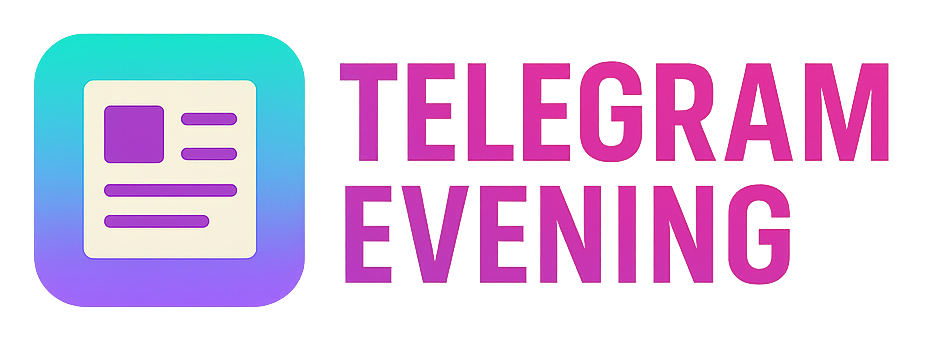Building Sustainable SaaS Growth: Evergreen Frameworks for Long-Term Success
Achieve scalable SaaS growth through sustainable, timeless business frameworks adaptable to shifting markets.

The Evergreen Challenge in SaaS Growth
Software-as-a-Service (SaaS) companies face the recurring challenge of growing sustainably while adapting to evolving customer needs and market conditions. Building a SaaS business for long-term resilience requires frameworks that are flexible, customer-centric, and financially sound. This article presents two evergreen approaches to SaaS growth that founders, product managers, and business leaders can apply regardless of market cycles.
Framework 1: The Flywheel Growth Model with Customer Success Integration
The flywheel model positions customer success as the engine driving momentum, emphasising retention, expansion, and referral to fuel continuous growth.
Step-by-Step Implementation Guidance
- Map the customer journey: Identify crucial touchpoints from trial through renewal to expansion opportunities.
- Align teams around success metrics: Focus on Net Revenue Retention (NRR), churn rates, and customer engagement as primary KPIs.
- Develop proactive onboarding and ongoing education: Use automated in-app guidance and human support to accelerate time-to-value.
- Implement expansion revenue strategies: Cross-sell and upsell through targeted campaigns based on usage analytics.
- Encourage referrals and advocacy: Create referral incentives and leverage satisfied clients in marketing material.
Technical Implementation Example
<!-- Sample Javascript snippet to trigger personalised in-app onboarding based on user data -->
<script>
function triggerOnboarding(user) {
if (!user.hasCompletedSetup) {
showTutorial("Welcome to your dashboard! Let’s set up your first project.");
} else if (user.daysSinceLastLogin > 30) {
sendEmailReminder(user.email, 'We miss you! Come back to your workspace');
}
}
</script>
Framework 2: Modular Subscription Models with Value-Based Pricing
Traditional tiered pricing can be inflexible; value-based pricing aligned with modular, add-on features ensures customers pay proportional to realised value, increasing satisfaction and lifetime value.
Step-by-Step Implementation Guidance
- Identify core and optional modules: Break your product into components customers can mix and match.
- Develop a pricing matrix by usage and value: Use customer feedback and willingness-to-pay studies.
- Implement usage metering and reporting: Create transparent dashboards so customers track their spending.
- Offer flexible contract lengths and upgrade paths: Reduce friction in scaling usage up or down without heavy penalties.
- Design renewal and churn-prevention strategies: Proactively engage customers before contract end with personalised offers.
Technical Implementation Example
<!-- Python Flask snippet for modular subscription billing calculation -->
from flask import Flask, request, jsonify
app = Flask(__name__)
# Pricing per module per unit
pricing = {
'core': 50,
'analytics': 20,
'automation': 30
}
@app.route('/calculate_bill', methods=['POST'])
def calculate_bill():
data = request.json
modules = data.get('modules', {}) # {'core': 1, 'analytics': 3}
total = 0
for module, quantity in modules.items():
total += pricing.get(module, 0) * quantity
return jsonify({'total_amount': total})
if __name__ == '__main__':
app.run(debug=True)
Did You Know? Retaining customers is 5 to 25 times cheaper than acquiring new ones, making retention-centric growth models vital for SaaS longevity.
Pro Tip: Invest equally in onboarding and ongoing customer success; accelerating time-to-value reduces churn and inspires advocacy.Warning: Overcomplicating pricing with too many modules can confuse customers and increase churn. Balance granularity with simplicity.
Evening Actionables
- Map your current customer journey and identify gaps in onboarding and retention touchpoints.
- Calculate your Net Revenue Retention and churn to track business health beyond new sales.
- Plan a pilot modular pricing model by categorising your product features and surveying customers.
- Implement lightweight technical solutions demonstrated above to support personalised onboarding or modular billing.
- Review Building Resilient Digital Business Models for Long-Term Market Adaptability for complementary strategies to future-proof your SaaS organisation.





Comments ()